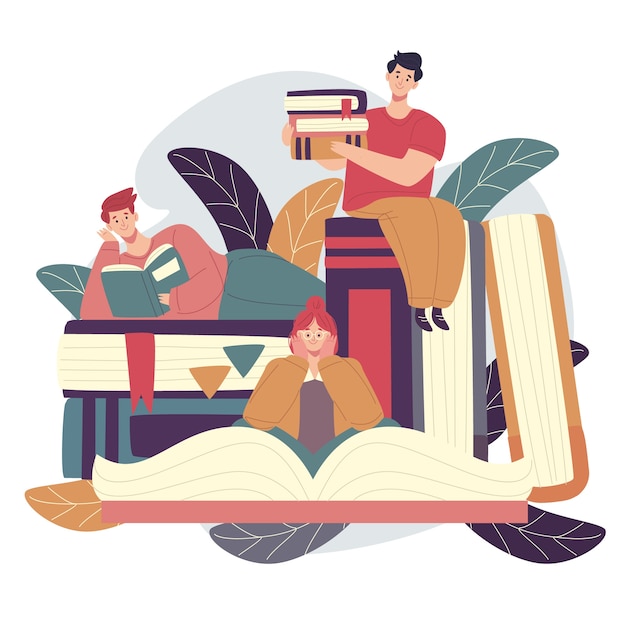PORTFOLIOS
The picture below collects extracts about what "Portfolio" is for Peruvian Basic Education stated in the "Resolución Viceministerial N° 093-2020-MINEDU"" document issued on 25th April, 2020.
Although many a teacher have already heard of this or have already been using this assessment tool, the fact that now it is being formalised for all levels of our Basic Education could be considered historical, at least for the public sector. According to Yancey (1992), Belanoff and Dickson (1991) and Hamp-Lyons and Condon (2000) Portfolios had been embraced in a variety of contexts and had become very common in language classes and college composition programmes in the 90's in the USA. Then, Portfolios had been considered for quite a long time as "alternative assessment". For our context, at this very moment the use of "Portfolios" is not an alternative but crucial for assessing students' progress. The term "alternative" is just to differentiate it from traditional testing.
According to Yancey (1992), Belanoff and Dickson (1991) and Hamp-Lyons and Condon (2000) Portfolios had been embraced in a variety of contexts and had become very common in language classes and college composition programmes in the 90's in the USA. Then, Portfolios had been considered for quite a long time as "alternative assessment". For our context, at this very moment the use of "Portfolios" is not an alternative but crucial for assessing students' progress. The term "alternative" is just to differentiate it from traditional testing.Coombe & Barlow (2004) describe four criteria this type of assessment should meet:
- Focus is on students' growth over time (rather than comparing students with one another)
- Emphasis is on students' strengths (rather than weaknesses)
- Consideration is given to the learning styles, language proficiencies, cultural and educational backgrounds and grade levels of students
- Assessment is authentic because it is based on activities that represent actual progress and reflect tasks typical of classrooms and real-life settings
"A porfolio is a collection of student work. Key elements of portfolios are student reflection and self-monitoring." Coombe & Barlow (2004)
Teachers in Peru will sure be innovative, creative and inquirers when using Portfolios as a tool for assessment for learning. However; it can always help to have more specific guidance and warn them of what previous experiences say about the use of portfolios. Personally, I think that the "Reflective element" could be left out if the MoE does not emphasise it or provide good examples on how to do this. In the extracts above, "Reflection" is mentioned, but how can this be done?
 The article "The Reflective Portfolio" presents two Case studies that can help us avoid mistakes.
The article "The Reflective Portfolio" presents two Case studies that can help us avoid mistakes.
"Aprendo en Casa" website is elaborated by the MoE of Peru meant to be for students so they continue their basic education. Regarding portfolios, a document has been published for students in the "Aprendo en Casa" website: Portafolio . This document is the same for all subjects in Secondary Education. Here there is an opportunity for the MoE to provide specific guidance for the English area, for example; or even better an opportunity for the teacher to personalise this.
Another thing we could do to make this tool a reflective one we could ask students the following:- Entry 1: a letter to the teacher (with some guidelines or even with a letter from the MoE)
- Each Entry: "I-can statement(s)" related to the task (the teacher can use this for feedback or reinforcement of specific aspects)
- Last Entry: A reflection note or letter (with some specific guidelines)
Being this the first time, electronic portfolios could be used. Here there is a great resource with guidance on how to do it: An introduction to electronic Portfolios in the Language Classroom
Further reading on how powerful portfolios are for ESL, read: Portfolios in secondary ESL classroom: Assessment bringing it all together/ and A Valuable tool for English language learners . The latter website also presents interesting articles on how to engage families of English language learners and formative assessment in distance learning and many other articles.
The following model can help us rethink how "Portfolios" can be better used in our context. A Portfolio Assessment Model for ESL


No comments:
Post a Comment